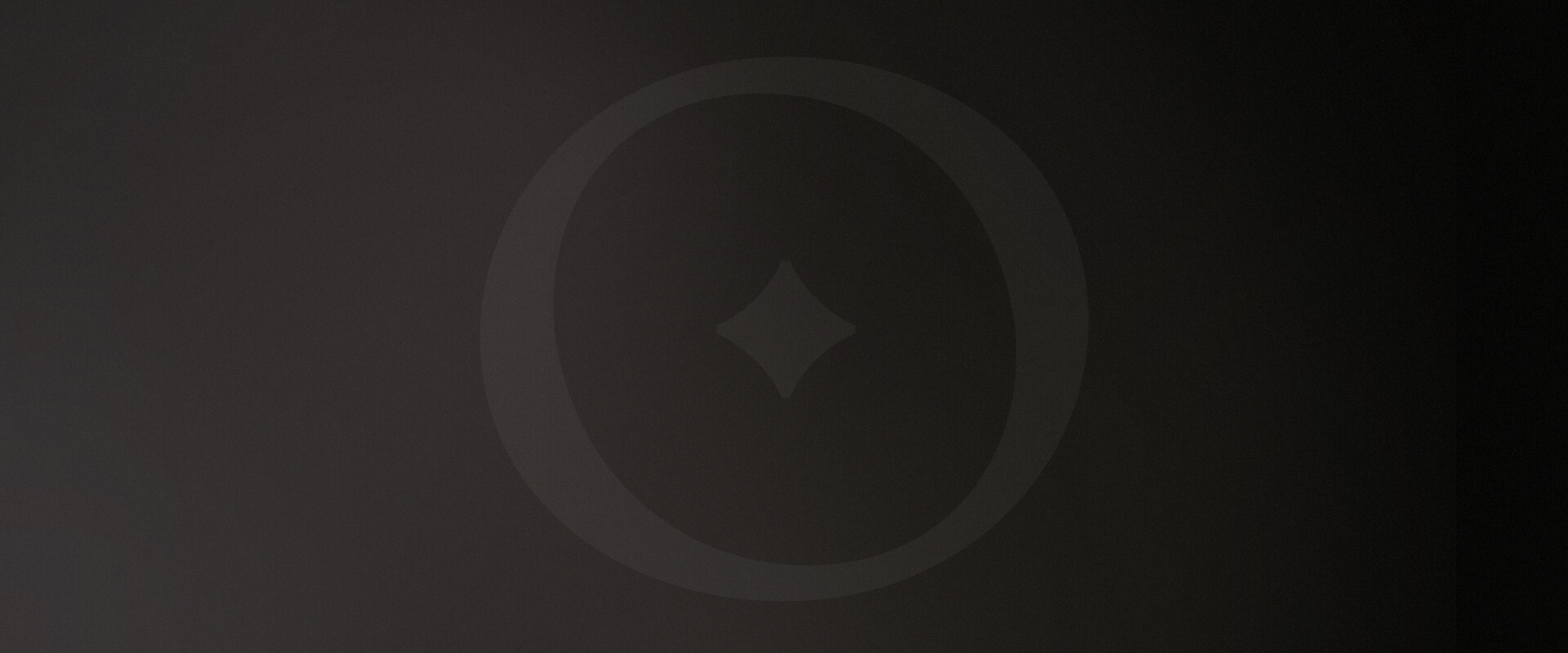
Blog
October brings heightened focus to breast cancer awareness, yet it is essential that women remain vigilant about their breast health throughout the year. Breast cancer can be tricky because often a woman may feel healthy while her breast cancer symptoms go unnoticed. Utilizing early detection practices, such as breast self-exams, mammograms and clinical breast exams increases the chances of early detection, thereby improving outcomes for women diagnosed with breast cancer. The bottom line is: the earlier breast cancer is detected, the higher the survival rate.
Three-Pronged Approach to Early Detection
At South Shore Plastic Surgery, we recommend a three-pronged approach to early detection: breast self-exams, mammograms and clinical breast exams. Utilizing all three methods ensures that you are familiar with your breast tissue and that your breasts are being screened for cancer on a consistent and regular basis.
Breast Self-Exams
Research is inconclusive about whether breast self-exams improve the detection of breast cancer. However, it is clear that breast self-exams help women:
- Understand the way their breasts are supposed to feel
- Learn the changes that occur to their breasts over the course of their monthly menstrual cycle
- Follow the changes that happen to their breasts throughout their life
- Become proactive in their own health and wellness
- Improve self-awareness
Breast self-exams do not hurt, nor will they damage breast tissue. They can be performed in the comfort of your own home—usually on a bed or in the shower. Regardless of the research, many women have detected lumps and changes in their breasts through breast self-exams. There is no downside to performing them, so add breast self-exams to your monthly calendar and be proactive in your health and well-being.
To perform your breast self-exam, first do a visual inspection of your breasts, underarms and chest. Stand in front of a mirror and look for swelling, dimpling of the skin, bumps or asymmetrical breast changes (i.e., one breast seems unusually large or misshapen). Also, examine the areola and nipple for changes in skin color or presence of secretions. Next, lie on the bed, stand in the shower, or do both (position changes alter the way the breasts look and feel).
Raise your left hand over your head, then using the tips of your right fingers, start in the middle of your left breast and apply pressure as you move your fingers in a circular motion around your breast until you reach your underarm and chest. Using a variance of light, medium and firm pressure will help you feel the different levels of tissue in your breasts.
Repeat the process on your right breast, underarm and chest. While you are performing your breast self-exam, feel for lumps or hard masses. If at any time you detect a change in your breast tissue, a lump or anything suspicious, schedule an appointment with your doctor so that they can investigate further. Never wait until your yearly physical or mammogram.
Mammograms
A mammogram is a low-dose x-ray designed to take images of breast tissue. Patients usually stand upright in front of the mammography machine and a health care professional situates one breast appropriately on the plate of the mammography machine. The upper plate is lowered onto one breast, flattening it to ensure image quality. The images are taken and the upper plate is released.
This process is repeated on the other breast. There are no needles, shots or incisions, only pressure from the plates compressing the breast tissue. The American Cancer Society recommends the following mammography screening guidelines for women of average risk of breast cancer:
- Women between 40 and 44: may consider a mammogram every year
- Women 45 to 54: a yearly mammogram is recommended
- Women 55 and older: may continue with annual mammograms or extend the frequency to every other year
Traditionally, a mammogram is the first imaging screening tool used by physicians. Mammograms can detect microcalcifications and masses in breast tissue. If the results of your mammogram are inconclusive or show irregular breast tissue, additional diagnostic tests (ultrasound, 3-D mammogram, MRI) may be recommended by your doctor.
Clinical Breast Exams
A yearly breast exam performed by your health care provider is a valuable component in the early detection of breast cancer. It is recommended that women begin to have clinical breast exams in their 20s. If there is a family history or increased risk of breast cancer, then clinical exams should start at the onset of breast development in young females.
At your appointment, you will be given a gown to wear and time to undress in private. After discussing your health history and any concerns you may have, you will lie on the exam table with your arms above your head. Your healthcare provider will begin the clinical breast exam by using the pads of their fingers to apply pressure in a systematic, circular pattern on and around each breast.
Often, they begin in the center of the breast and work their way to the outer tissues of the breast, armpit and chest. This thorough approach allows your provider to feel for dense breast tissue and lumps and look for signs of infection and other skin irregularities on your breasts. Your provider may also examine you in a sitting position, as a change in position changes the way in which your breasts look and feel.
Clinical breast exams also offer you an opportunity to check in with your provider about any concerns you have or to refine your own breast self-exams. It is recommended that you schedule your clinical breast exam and mammogram six months apart to ensure that you are being screened for breast cancer on a regular basis, in addition to your monthly self-exams.
Early Detection is Key
Early detection of breast cancer is best achieved through a three-pronged approach that starts with you on a monthly basis and continues with yearly imaging and yearly clinical exams with your physician. Keep in mind that breast tissue can change throughout the month and over time, and not all lumps and bumps are cancerous. But if they are cancerous, finding them early is the key to improved outcomes. If you want to learn more about breast health and early breast cancer detection, call South Shore Plastic Surgery today at 856-784-2639.

